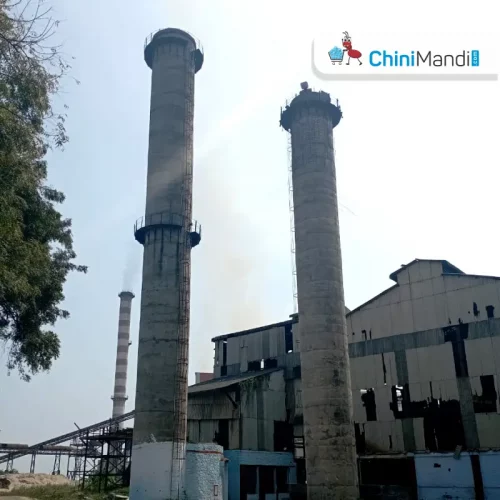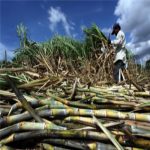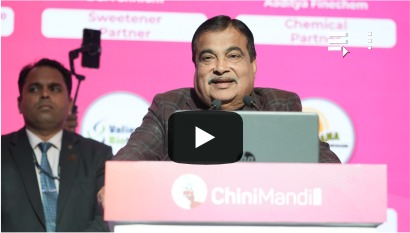Margao: The closure of the Sanjivani sugar factory has brought a major change in Goa’s farming landscape, with nearly 60% of farmers giving up sugarcane cultivation. Official data shows that in 2024–25 alone, about 43% of cultivators stopped growing sugarcane, reports The Times of India.
According to government records, the number of sugarcane farmers dropped from 676 in 2020–21 to 497 in 2024–25. The problem began in 2019–20 when the Sanjivani factory stopped operations, leaving farmers without a buyer and forcing them to grow other crops.
The shift has been increasing every year — 4.29% of farmers moved away from sugarcane in 2020–21, rising to 13.34% in 2022–23, and jumping to 42.65% in 2024–25.
An official from the agriculture department said the closure of the factory is the main reason for this change. Farmers are now turning to vegetables because they get faster income and there is steady demand in the market, the official added.
Most of the farmers who left sugarcane cultivation have started growing vegetables such as brinjal, okra, cluster beans, green chillies, bitter gourd, bottle gourd, cucumber, ginger, ridge gourd, and ash gourd. These crops offer quicker returns and assured sales, unlike sugarcane, which takes longer and depends on processing units.
At present, only 298 farmers continue to grow sugarcane, which is just over 43% of the original number. This means nearly 60% of sugarcane growers have given up the crop in the last four years.
The government has provided over ₹44 crore in special assistance to affected farmers between 2020–21 and 2024–25. The aid amount has ranged from ₹3,000 per tonne in the initial years to ₹2,200 per tonne in the current year. A government order issued in May assures continued financial support for the remaining farmers, based on fair price guidelines set by the National Cooperative Sugar Federations.
















